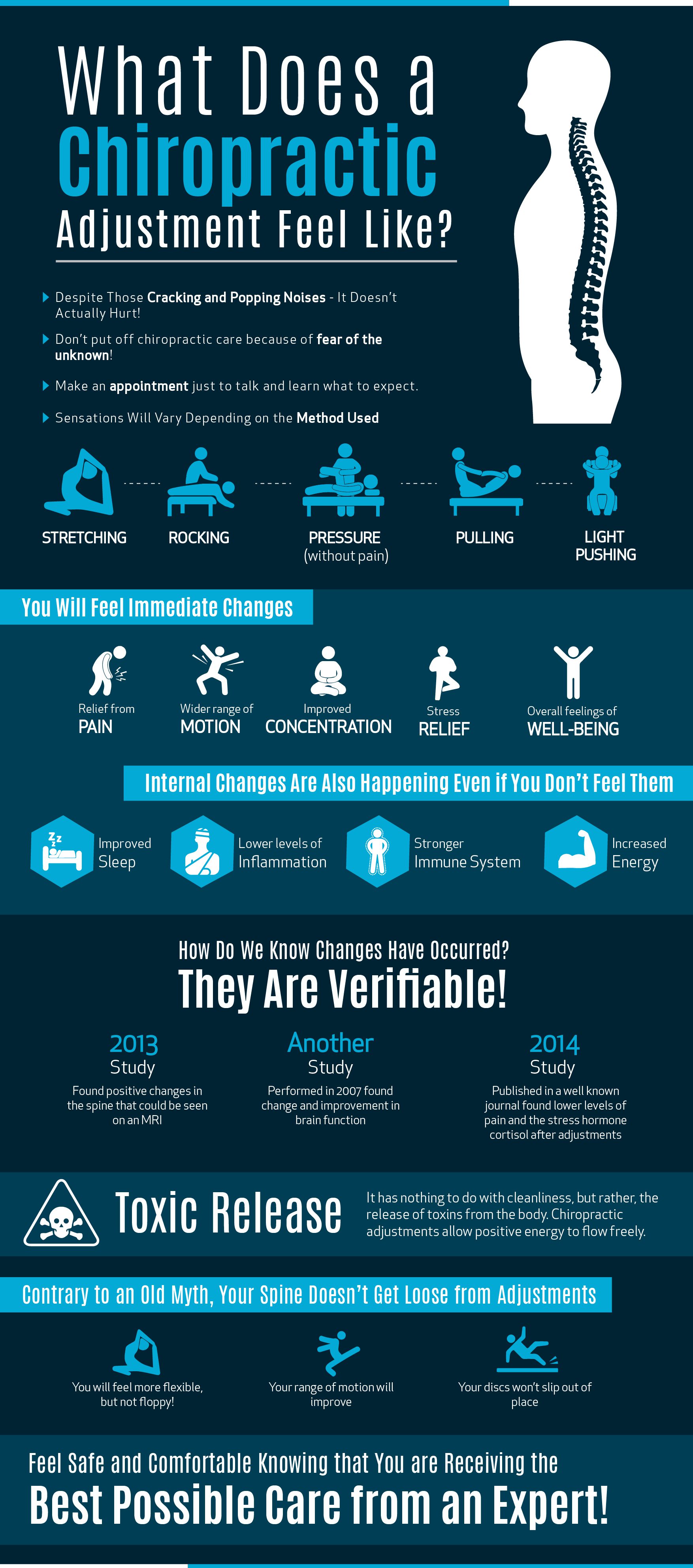A Beginner'S Overview To Comprehending Cervical Back Makeup And Its Impact On Neck Discomfort
A Beginner'S Overview To Comprehending Cervical Back Makeup And Its Impact On Neck Discomfort
Blog Article
Post Writer-Irwin Wilkins
As you sit there, maybe really feeling an ache of pain in your neck, have you ever before thought the complex structures that comprise your cervical spinal column? Comprehending just how Visit Home Page , discs, and nerves connect in this region can clarify why neck pain can be so consistent and devastating. By checking out the structures of cervical spinal column anatomy and its effects for neck discomfort, you might uncover insights that can aid you better handle or even protect against those bothersome aches and stiffness.
Significance of Cervical Back Anatomy
Understanding the significance of cervical spinal column makeup is essential in understanding the intricacies of neck pain. The cervical back, made up of seven vertebrae, plays a vital duty in sustaining the head's weight and facilitating movement. It houses the spinal cord, which sends messages between the brain and the rest of the body. In addition, the cervical back shields these fragile nerves and offers structural security to the neck area.
In addition, the cervical spine enables a wide range of motion, enabling you to transform your head, tilt it sideways, and nod backwards and forwards. Each vertebra has specific functions and attributes that contribute to the overall adaptability and security of the neck. Understanding the makeup of the cervical back can help you realize just how injuries or degenerative conditions in this area can lead to neck pain and related signs and symptoms.
Parts of the Cervical Spinal column
When checking out the parts of the cervical spinal column, it becomes apparent that its structure contains seven vertebrae, classified C1 to C7, piled on top of each other. These vertebrae are essential as they provide assistance to the head and allow for a large range of motion in the neck.
The upper vertebra, C1, additionally referred to as the atlas, supports the skull and makes it possible for the sluggish movement of the head. Directly below C1 is the C2 vertebra, referred to as the axis, which permits the turning of the head from side to side.
Relocating down the cervical spinal column, each vertebra plays a crucial role in maintaining the spinal column's flexibility and security. In between each vertebra are intervertebral discs that function as paddings, absorbing shock and preventing the vertebrae from massaging against each other.
Recognizing the components of the cervical back is vital in comprehending just how the spine features and its potential influence on neck pain.
Partnership Between Spinal Column and Neck Pain
The link in between the back and neck discomfort is a crucial element of understanding musculoskeletal discomfort. Your spinal column, especially the cervical region, plays a substantial role in supporting your head and permitting various motions. When there's a problem in the spinal column, such as a herniated disc or misalignment, it can directly impact the surrounding cells and nerves, causing neck pain. Poor position, injuries, and degenerative conditions can all contribute to spine-related neck discomfort.
https://chiropractorwithmassageth95172.blog4youth.com/32441923/contrasting-typical-physical-therapy-techniques-vs-new-approaches-for-back-pain-alleviation to acknowledge that the spine and neck feature as a cohesive system. Any irregularities or discrepancies in the spinal column can create strain on the neck muscle mass and ligaments, leading to pain and tightness.
Final thought
Now that you have a fundamental understanding of cervical spine makeup and its connection to neck pain, you can much better value the complexities of your own neck discomfort. Keep in mind, the health of your cervical spine plays an essential role in supporting your head and helping with motion, so it is essential to deal with it with appropriate posture, workout, and normal examinations with a medical care professional. Remain informed and proactive regarding your spine health and wellness to prevent and take care of neck discomfort properly.
